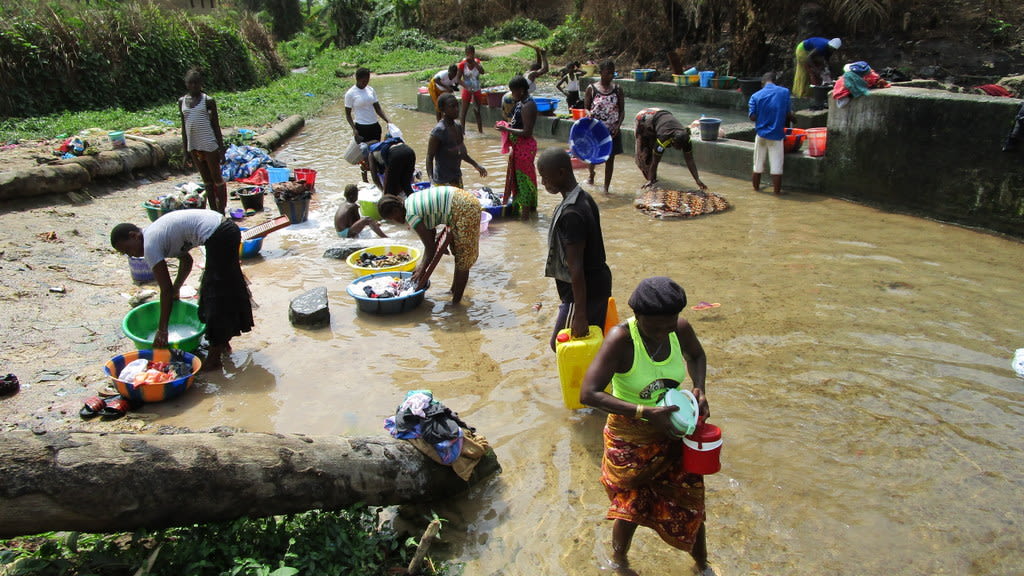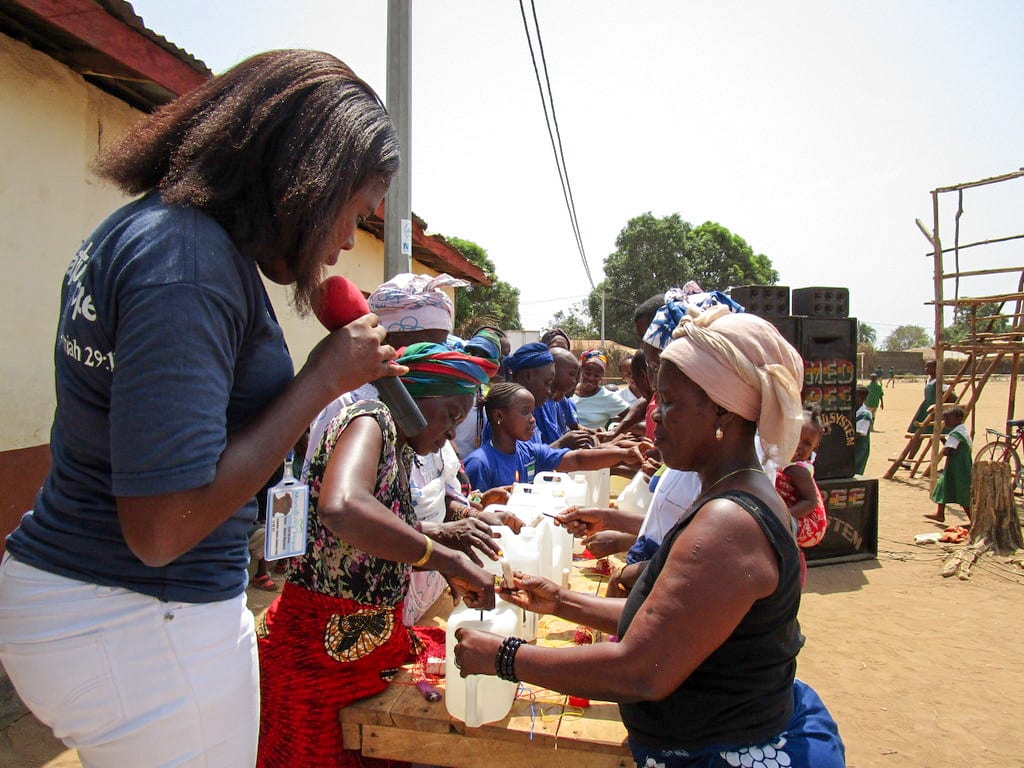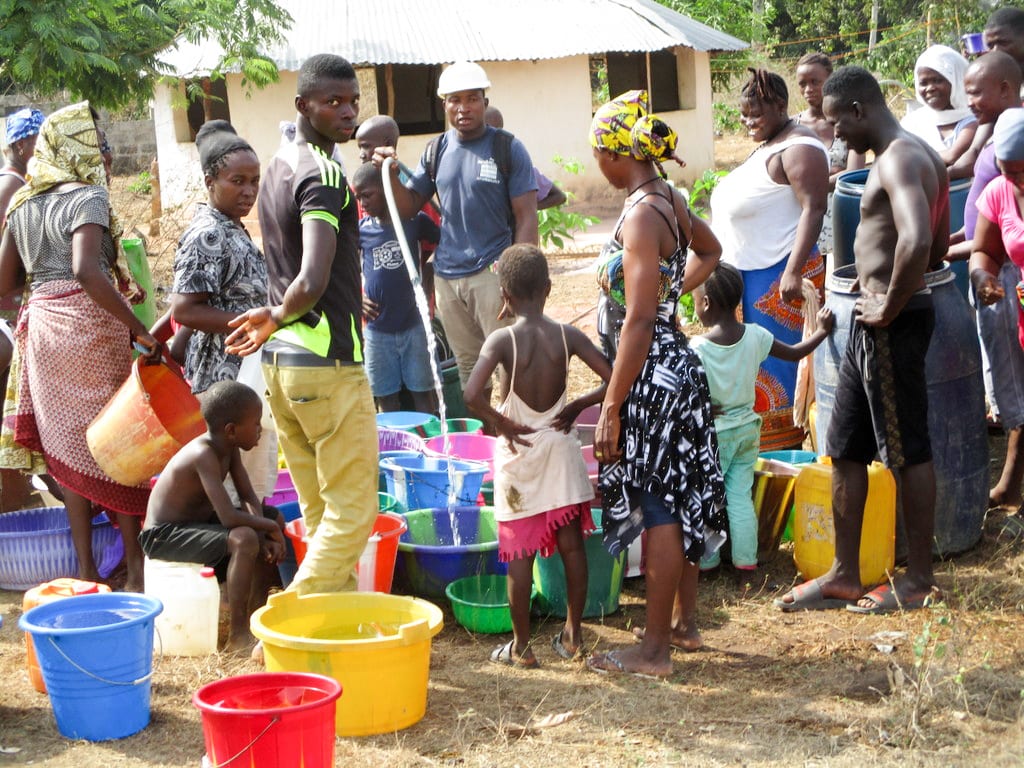Kasongha is an emerging community with houses scattered near and far, so many of its people have to trek a huge distance to access the local stream for their water needs.
Some people will utilize pumps and wells in the area, but many opt for the stream since it is open, easy to collect water from and does not require a wait in line.

All of these sources are not reliable when it comes to hundred percent water availability. Both the protected and the unprotected wells are not easily accessible. The overcrowding at the water point will often render people's efforts fruitless. Both these sources are very controlled and if you arrive at the closing time, even with an advantaged position in the queue, you will not get water.
Water quantity will drop depending on the source and the season. When this uncertainties surface, the people will resort to the packaged water which is almost always available but expensive. And because of the concentration of the people on this source, it is highly prone to contamination.

When these group of people lack safe water and cannot go without water, they will resort to drinking water from contaminated sources. These will result in infection from waterborne diseases which may be fatal to humans.
Also, scarcity will render school-going kids searching for water at all cost. This will result in lateness to school and loss of study time in class thereby reducing students' overall performance in class.
Hygiene and sanitation are also an issue in this part of the world. But urbanization is impacting some of these societies and it is reflected in the way they handle some of their latrines. The sanitation condition was encouraging in the homes we visited. The latrines (example below) were usually clean and often had handwashing stations nearby.

“Well to me, I can say that we are a little ahead of some other communities regarding sanitation because we are often raided by sanitary officers," Ms. Adamsay Kamara said.
"And as you can see our compounds are clean, toilets clean with no open defecation. So I am a little pleased with our sanitation condition.”
Kasonga community is half rural and half urban. Which means that some of the houses are cement block self-contain buildings and others are mud brick buildings.

There is very little vegetation in this community because the trees are often cut to make way for new homes. This is not a very populated community, which means that it is less noisy than other areas, especially when the kids go to school.
Livelihoods here mostly depend on vocational trade and the sale of farm produce. Men usually work various jobs and women are often in charge of the farm. Yet, there were few households whose heads are either employed as teachers or at the national airport that is located near the community. But you can count them on your fingers.
Also, some women who cannot withstand the pain that go with farming engage in petty trading to make money for the family.
What we can do:
Training
There will be hygiene and sanitation training sessions offered for three days in a row.
The hygiene and sanitation trainer decided it would be best to teach community members the importance of building a handwashing station, dish racks, and other sanitation facilities. Pictures will be used to teach the community how to discern between healthy and unhealthy hygiene and sanitation practices.
These trainings will also result in a water user committee that manages and maintains the new well. They will enforce proper behavior and report to us whenever they need our help solving a serious problem, like a pump breakdown.
Well Rehabilitation
We found an open hand-dug well on Kombrabai Road that’s away from the swamp and central to dozens of households in Kasongha (the one pictured on this report). However, this well is also reported to have low levels during the driest months of the year. Our team has decided to do the hard work of drilling a borehole by hand in the bottom of this well, which will not only increase the water quantity but will ensure its quality, too. A new well pad will keep contaminants out, and a new India MkII stainless steel pump will provide easy and safe access to the clean water inside.
This community has been drinking dirty swamp water and suffering the consequences. With our rehabilitating this open well, Kasongha Community will be provided with plenty of safe, clean drinking water.
This project is a part of our shared program with Mariatu’s Hope. Our team is pleased to provide the reports for this project (edited for readability) thanks to the hard work of our friends in Sierra Leone.

 Protected Dug Well
Protected Dug Well






























